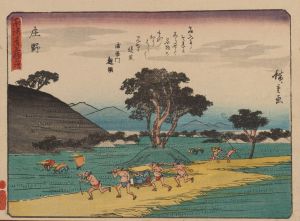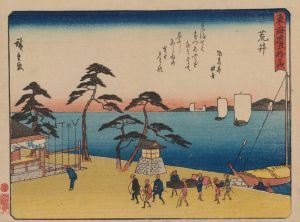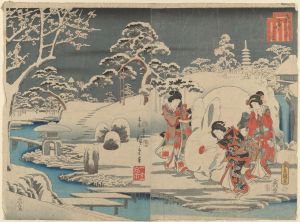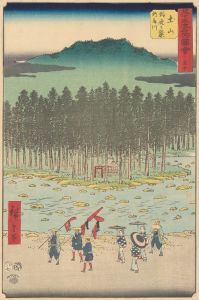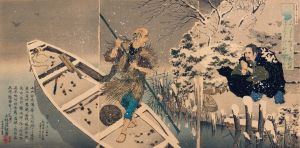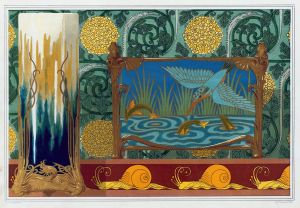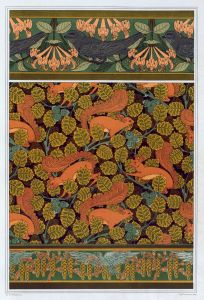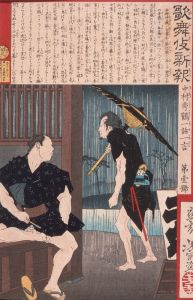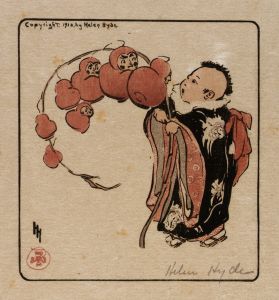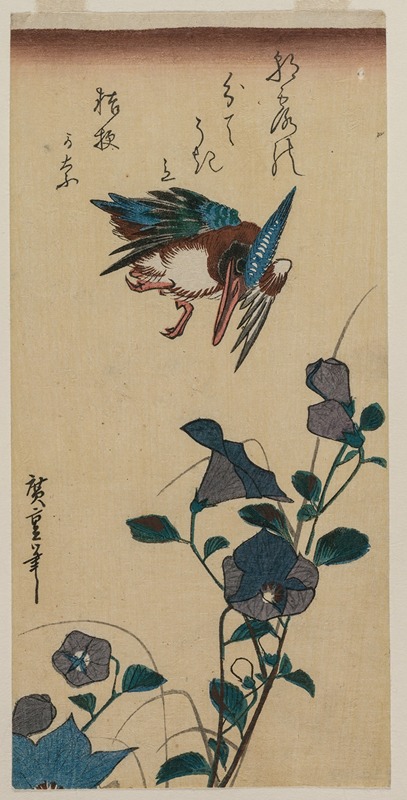
Kingfisher and Chinese Bellflowers
A hand-painted replica of Andō Hiroshige’s masterpiece Kingfisher and Chinese Bellflowers, meticulously crafted by professional artists to capture the true essence of the original. Each piece is created with museum-quality canvas and rare mineral pigments, carefully painted by experienced artists with delicate brushstrokes and rich, layered colors to perfectly recreate the texture of the original artwork. Unlike machine-printed reproductions, this hand-painted version brings the painting to life, infused with the artist’s emotions and skill in every stroke. Whether for personal collection or home decoration, it instantly elevates the artistic atmosphere of any space.
Andō Hiroshige, a renowned Japanese ukiyo-e artist of the Edo period, is celebrated for his landscape prints and depictions of nature. One of his works, "Kingfisher and Chinese Bellflowers," exemplifies his ability to capture the delicate beauty of the natural world with precision and elegance. Although specific details about this particular piece are limited, it is representative of Hiroshige's broader body of work, which often includes birds and flowers as central themes.
Hiroshige was born in 1797 in Edo, now Tokyo, and became a prominent figure in the ukiyo-e genre, which flourished from the 17th to the 19th century. Ukiyo-e, meaning "pictures of the floating world," typically depicted scenes from everyday life, landscapes, and the natural world. Hiroshige's work is particularly noted for its innovative compositions and use of color, which influenced many Western artists, including the Impressionists.
"Kingfisher and Chinese Bellflowers" likely belongs to a series of kachō-e, or "bird-and-flower pictures," a subgenre of ukiyo-e that focuses on the harmonious relationship between avian and floral subjects. These works are characterized by their attention to detail and the symbolic meanings often associated with the depicted species. The kingfisher, for instance, is a bird known for its vibrant plumage and is often associated with beauty and grace in Japanese culture. Chinese bellflowers, also known as Platycodon grandiflorus, are admired for their striking blue-violet blossoms and are symbols of unchanging love and honesty.
Hiroshige's technique in creating such prints involved the collaboration of several artisans. The process began with the artist's original drawing, which was then carved into wooden blocks by skilled craftsmen. Each color required a separate block, and the final print was produced by pressing paper onto the inked blocks. This meticulous process allowed for the vibrant colors and intricate details that characterize Hiroshige's work.
The composition of "Kingfisher and Chinese Bellflowers" likely reflects Hiroshige's keen observation of nature and his ability to convey a sense of tranquility and balance. His use of space and perspective often creates a sense of depth, drawing the viewer into the scene. The juxtaposition of the lively kingfisher and the serene bellflowers may evoke a sense of harmony and the transient beauty of nature, themes that are prevalent in Japanese art and culture.
Hiroshige's influence extended beyond Japan, as his works were introduced to Europe in the late 19th century, inspiring artists such as Vincent van Gogh and Claude Monet. The simplicity and elegance of his compositions, along with his innovative use of color and perspective, contributed to the development of Japonisme, a movement that had a significant impact on Western art.
In summary, while specific information about "Kingfisher and Chinese Bellflowers" is limited, the piece is emblematic of Andō Hiroshige's mastery in depicting the natural world. His work continues to be celebrated for its beauty, technical skill, and influence on both Japanese and Western art traditions.





